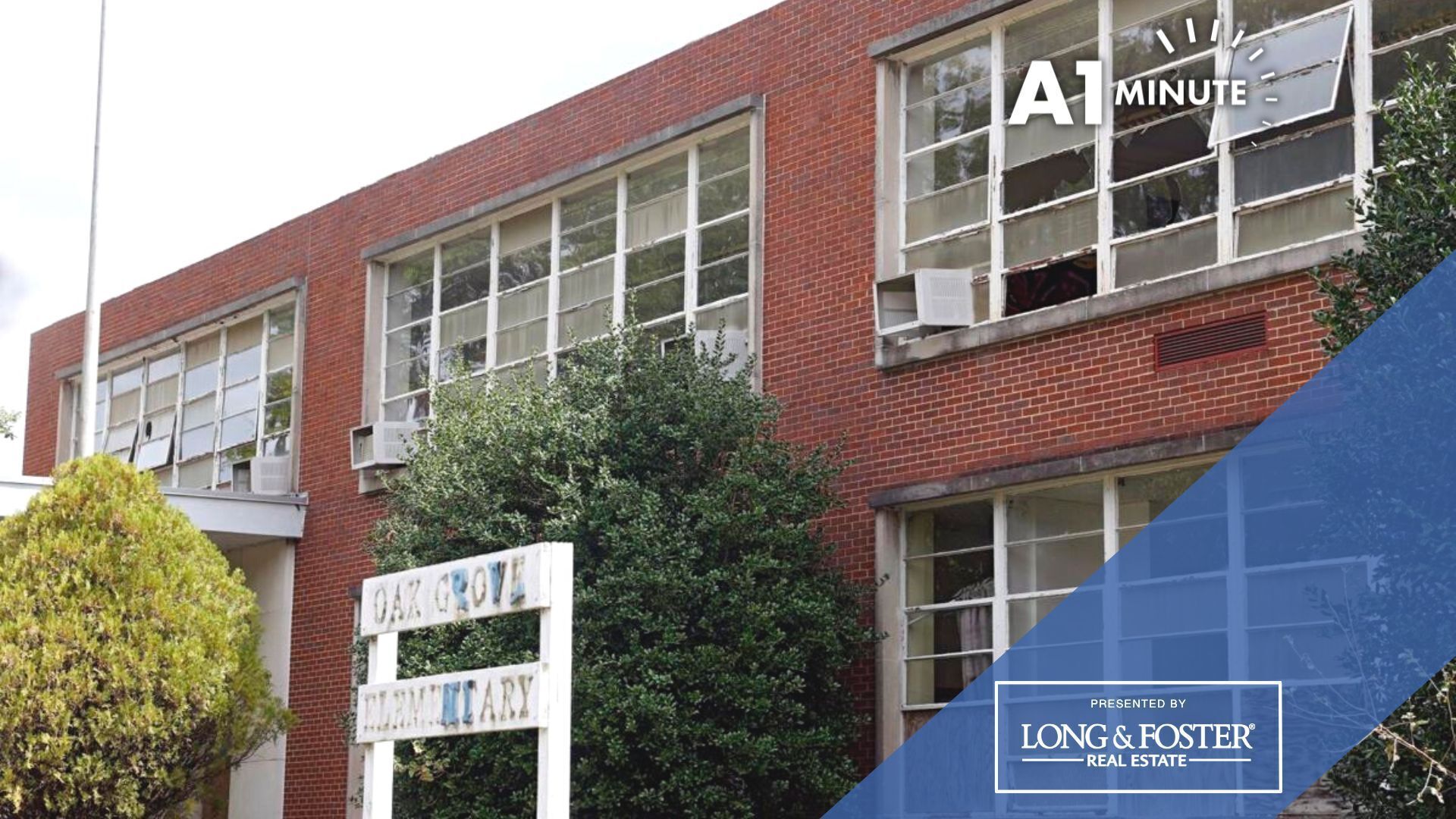

Xylazine activated in SON about 70% of OXY-ergic neurons in +/+, 60% in di/+ rats, and more than 80% in di/di rats. In saline-treated rats, maximum activation of Fos reached around 4% in +/+, 20% in di/+ rats, and as much as 60% in di/di rats.

Fos expression in SON of di/di rats was correlated with osmolality of each rat. As expected, plasma osmolality and water intake revealed high heterogenity within the di/di group of rats. Fos/OXY colabelings were analyzed on 40-mum thick coronal sections using computerized light microscope. Activity of OXY neurons was evidenced by nuclear Fos protein immunoreactivity. Ninety minutes after saline (0.1 mL/100 g b.w., i.p.) or xylazine injection (10 mg/kg, i.p.) rats were anaesthetized with pentobarbital (50 mg/kg i.p.) and sacrificed by transcardial perfusion with fixative. We investigated the effect of xylazine, an alpha2-adrenoceptor agonist, on the activity of oxytocinergic (OXY) neurons in the supraoptic nucleus (SON) of homozygous (di/di), heterozygous (di/+), and control (+/+) rats. Vasopressin (AVP) deficient homozygous Brattleboro rats exhibit severe osmotic challenges due to waterless chronic hypernatremia and hyperosmolality. However, 10 mum thickness reached the borderline of the handling safety, therefore, 15 mum section thickness will be the thickness of the choice recommended, which gave relevant immunoreaction, retained good tissue preservation, and ensured an appropriate clarity for accurate recognition between a single and colocalized Fos signals. The present data indicate that except 5 mum thickness all the other sorts of cryosections tested were sufficiently resilient for performing a sequential double or triple colored immunohistochemical stainings. We adapted and optimized Fos immunohistochemistry for use of fixed and cryocut processed free-floating brain sections. Except the 5 microm thickness, all the other sections sizes tested exhibited well preserved tissue stability and excellent immunohistochemical properties either for single Fos reaction or double Fos/OXY and triple Fos/OXY/AVP costainings.

The present data demonstrate that cryoprocessing enables generate free- floating sections of 5, 10, 15, and 20 microm thickness. Evaluation of the Fos-neuropeptide co-labeled perikarya manifestation was performed on a computerized Leica light microscopy.

Single Fos and Fos/OXY and Fos/ OXY/AVP colocalizations were processed employing avidin-biotin-peroxidase (ABC) complex and diaminobenzidine chromogen with or without adding Nickel chloride salt as a black and blue color inducer. The brains were removed, soaked with 30% sucrose in 0.1 M PBS, cryo-sectioned throughout the hypothalamus into 5, 10, 15, and 20 microm thick coronal sections, collected and washed in 0.2 M glycine buffer for 10-15 min, and finely stored in 0.1 M PBS. administration of 5 ml of hypertonic saline (1.5 M NaCl) which was used to stimulate the hypothalamic osmosensitive neurons. The animals were perfused by fixative 90 min after i.p. For this purpose brain sections of variable (5-20 microm) thickness were tested utilizing enzyme-substrate detection system employing oxytocin (OXY) and vasopressin (AVP) antisera. The present study was aimed to select a methodical approach to optimize the thickness of cryo-processed free-floating sections for precise recognition between a single Fos signal and Fos/neuropeptide colocalizations in sequential double or triple colored immunohistochemical stainings.


 0 kommentar(er)
0 kommentar(er)
